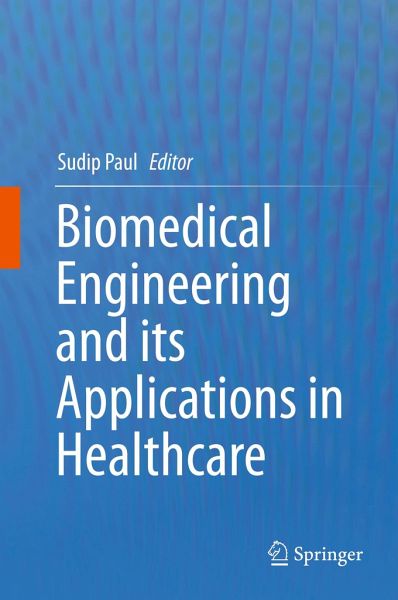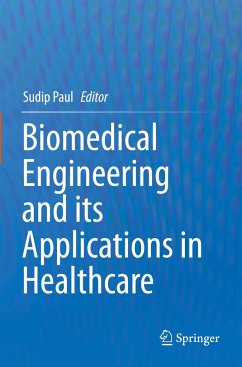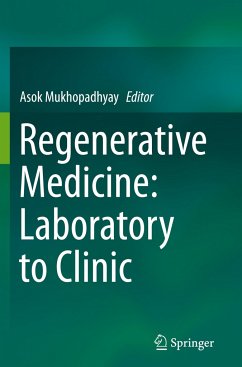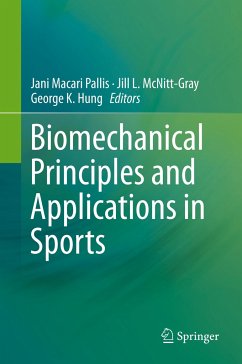
Biomedical Engineering and its Applications in Healthcare

PAYBACK Punkte
61 °P sammeln!
This book illustrates the significance of biomedical engineering in modern healthcare systems. Biomedical engineering plays an important role in a range of areas, from diagnosis and analysis to treatment and recovery and has entered the public consciousness through the proliferation of implantable medical devices, such as pacemakers and artificial hips, as well as the more futuristic technologies such as stem cell engineering and 3-D printing of biological organs. Starting with an introduction to biomedical engineering, the book then discusses various tools and techniques for medical diagnosti...
This book illustrates the significance of biomedical engineering in modern healthcare systems. Biomedical engineering plays an important role in a range of areas, from diagnosis and analysis to treatment and recovery and has entered the public consciousness through the proliferation of implantable medical devices, such as pacemakers and artificial hips, as well as the more futuristic technologies such as stem cell engineering and 3-D printing of biological organs. Starting with an introduction to biomedical engineering, the book then discusses various tools and techniques for medical diagnostics and treatment and recent advances. It also provides comprehensive and integrated information on rehabilitation engineering, including the design of artificial body parts, and the underlying principles, and standards. It also presents a conceptual framework to clarify the relationship between ethical policies in medical practice and philosophical moral reasoning. Lastly, the book highlights a number of challenges associated with modern healthcare technologies.














